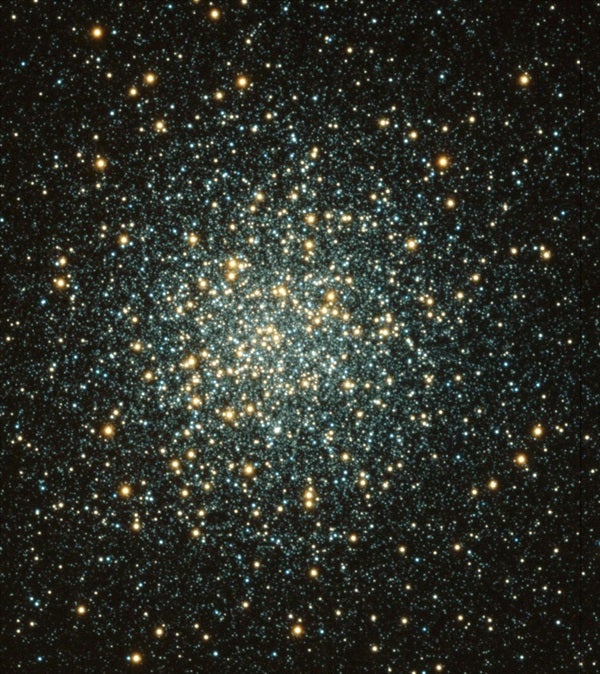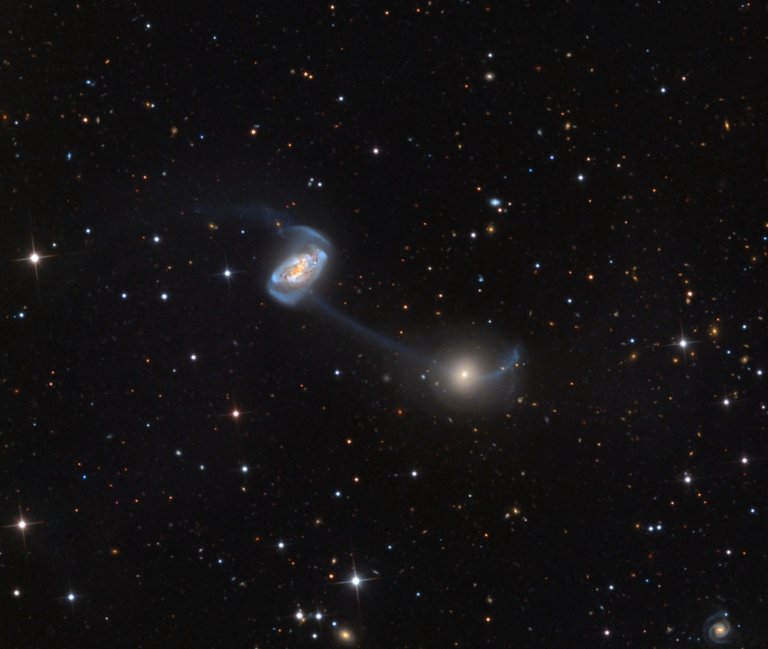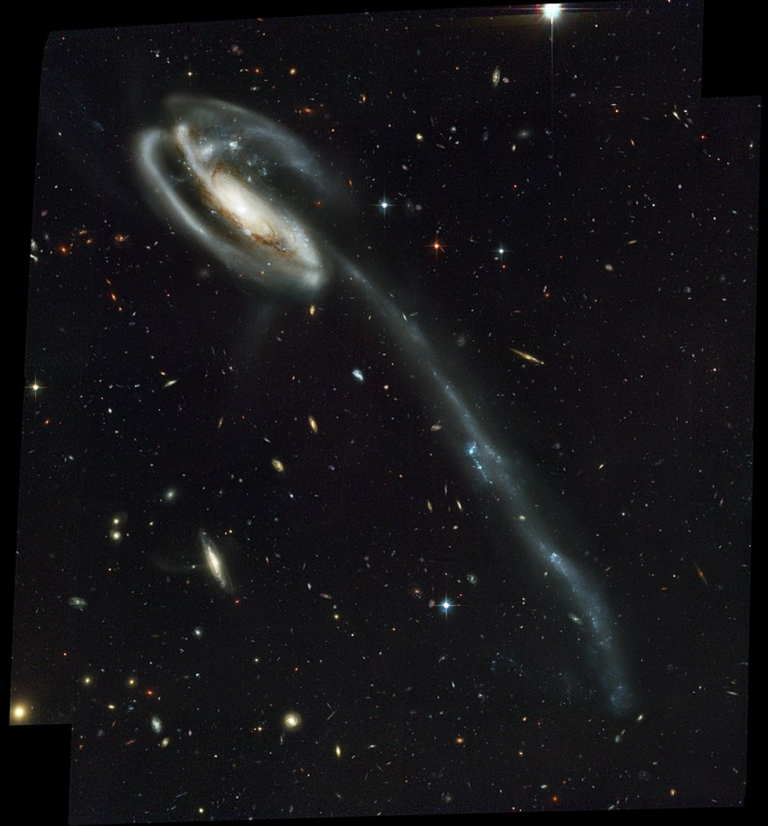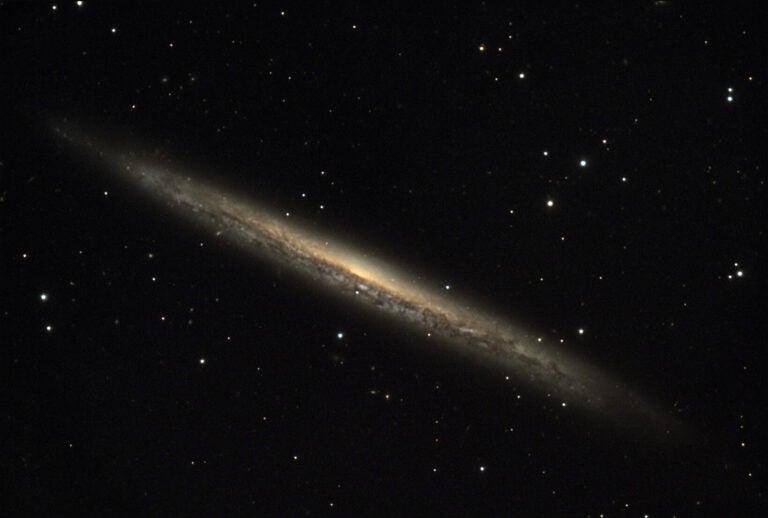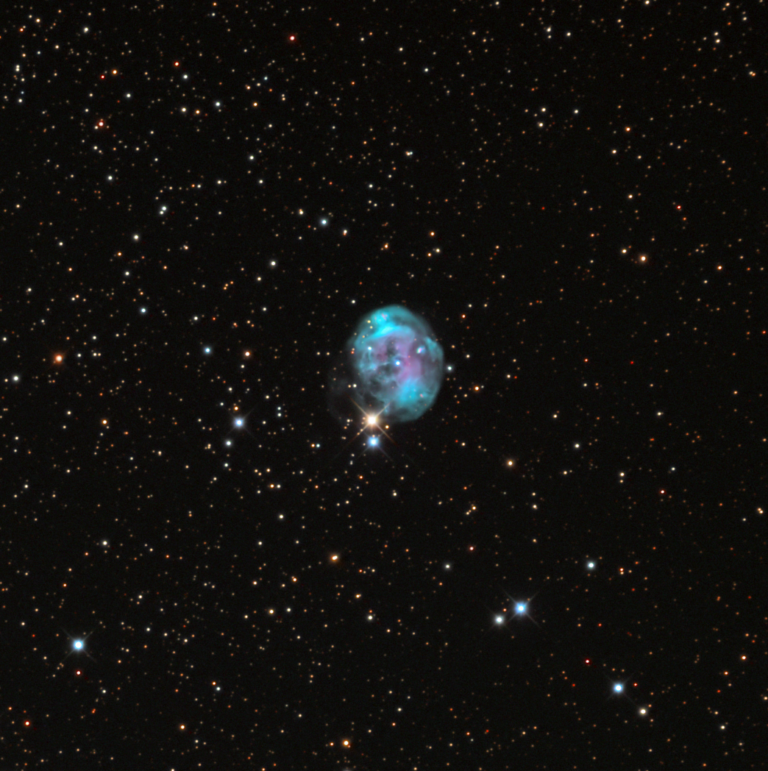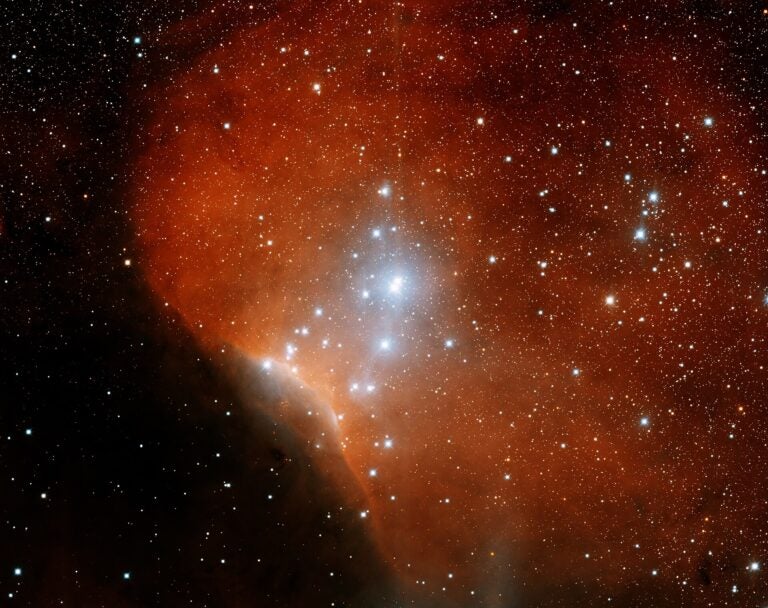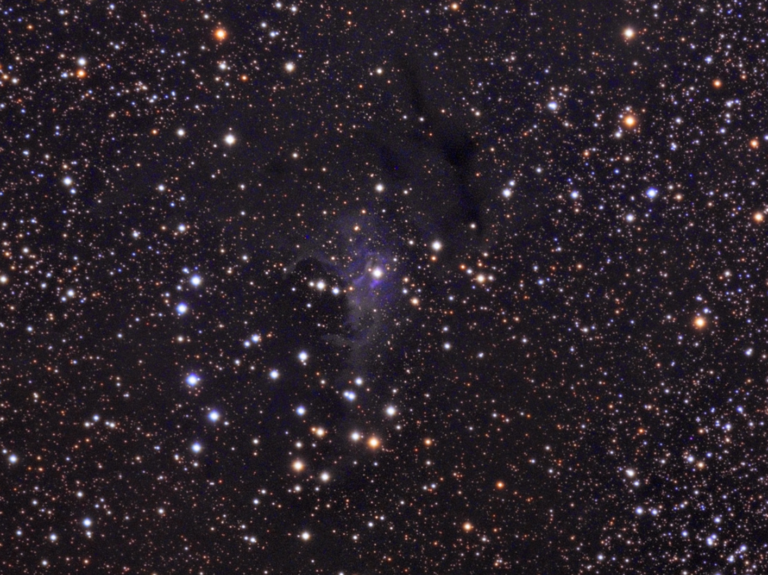Globular clusters are typically a few light-years across but can contain a million or more stars in this tiny volume. Within this region, the average distance between stars is only 0.13 to 0.16 light-year. However, globular clusters become more concentrated toward their centers and more sparse in their outer regions. In the concentrated center (called a “core”), stellar densities can be a factor of 10 higher and the average distance between stars can be as small as 0.03 light-year. To put it in solar system terms, this is about 2,000 times the Earth-Sun distance, or about twice as far away as Sedna is at its farthest point from the Sun. If we lived in the core of a globular cluster, the night sky would be enthralling, with thousands of stars shining as brightly as Venus appears to us on Earth.
These high stellar densities in globular cluster cores can cause unusual occurrences. Stars can collide with each other, leading to the formation of unexpectedly massive stars called blue stragglers. — Jay Strader, Harvard-Smithsonian Center for Astrophysics, Cambridge, Massachusetts

